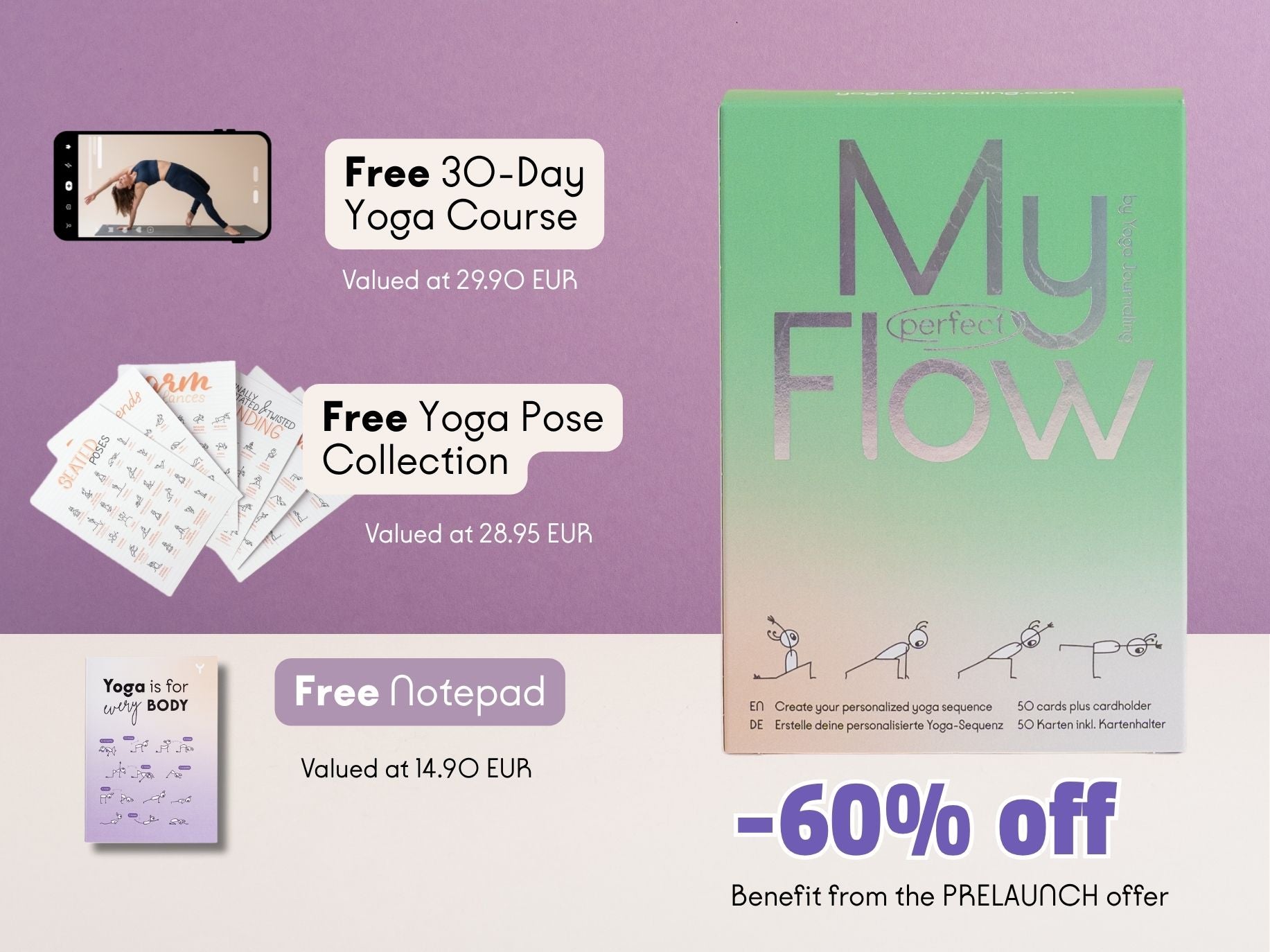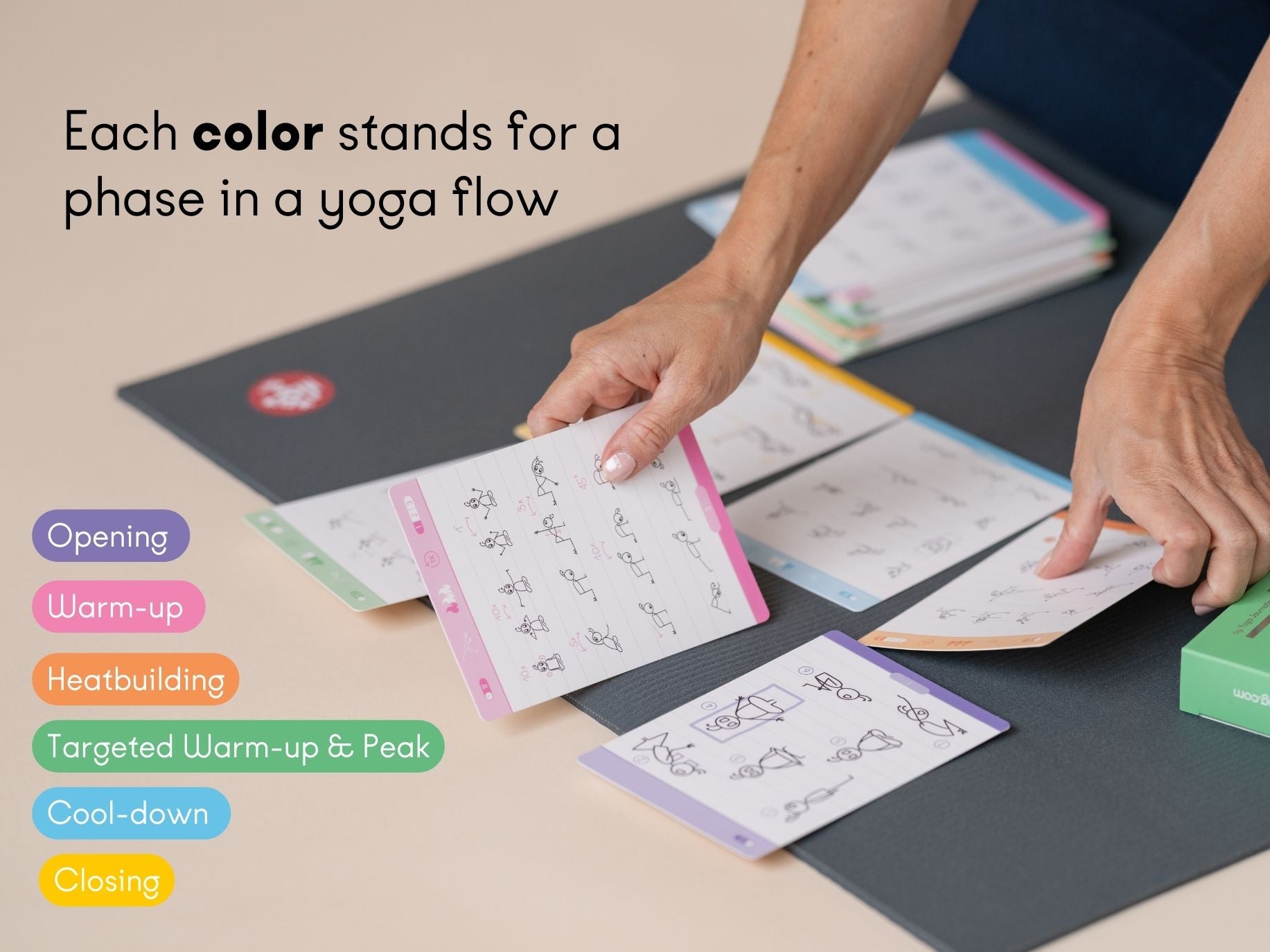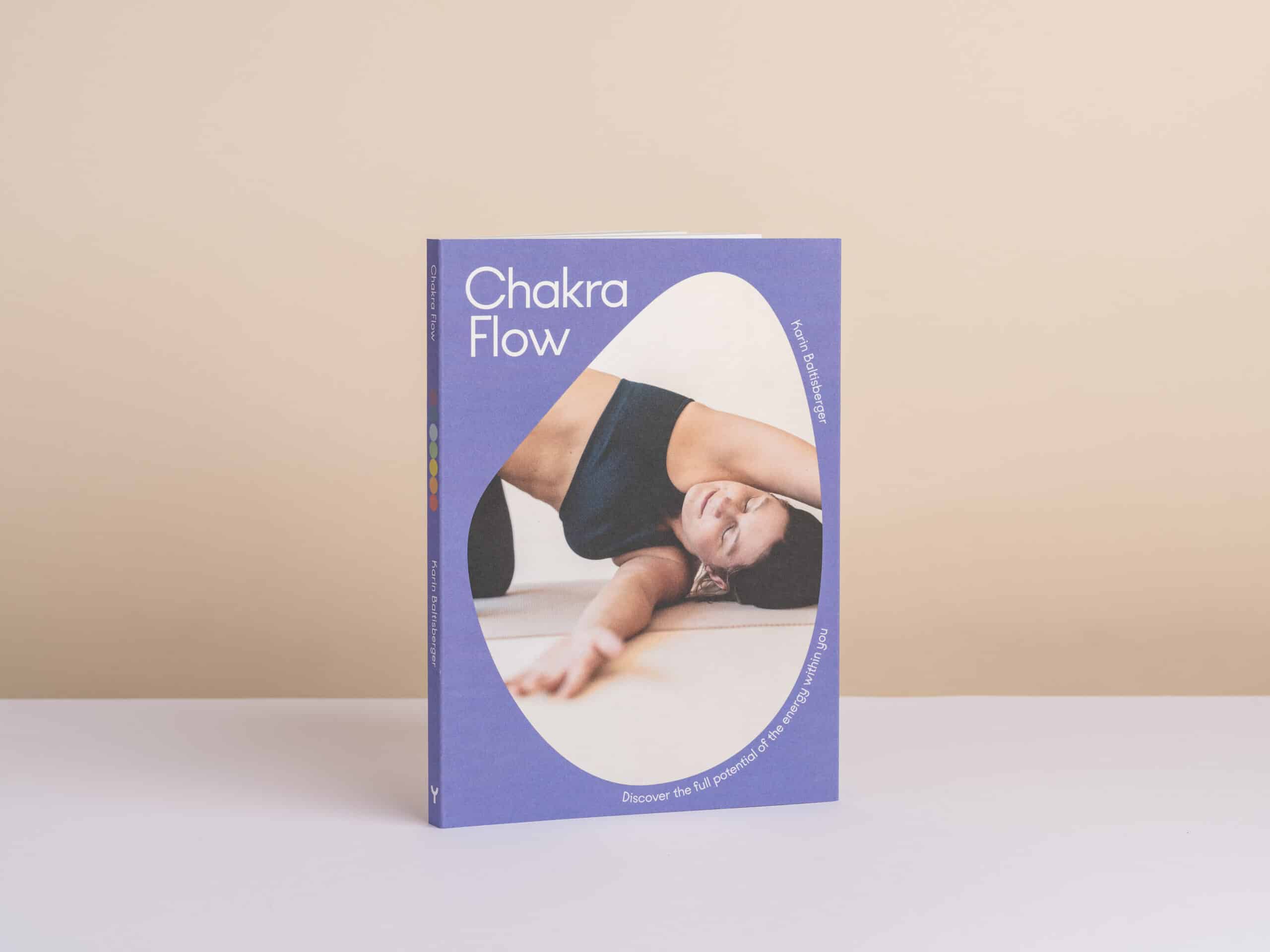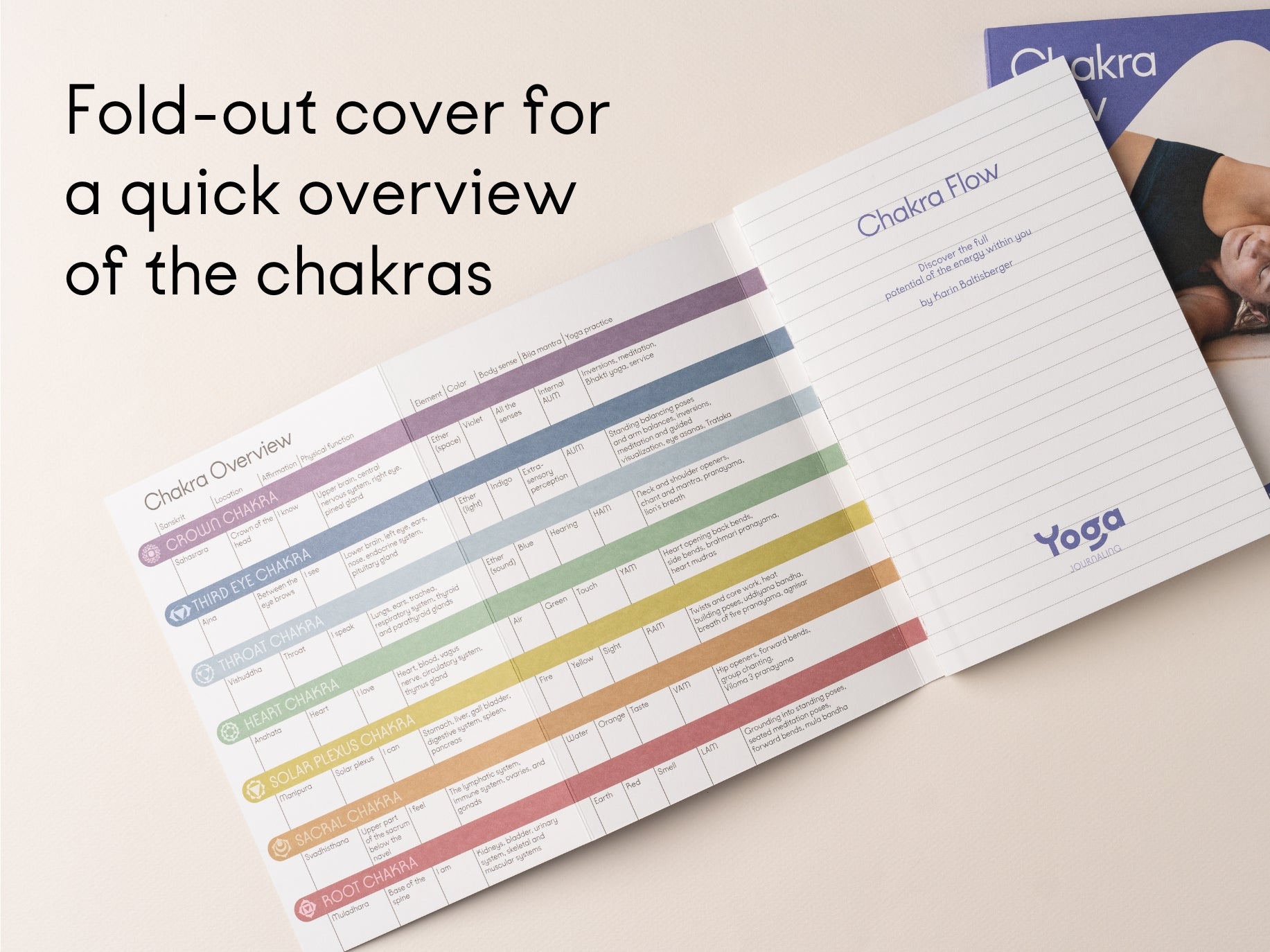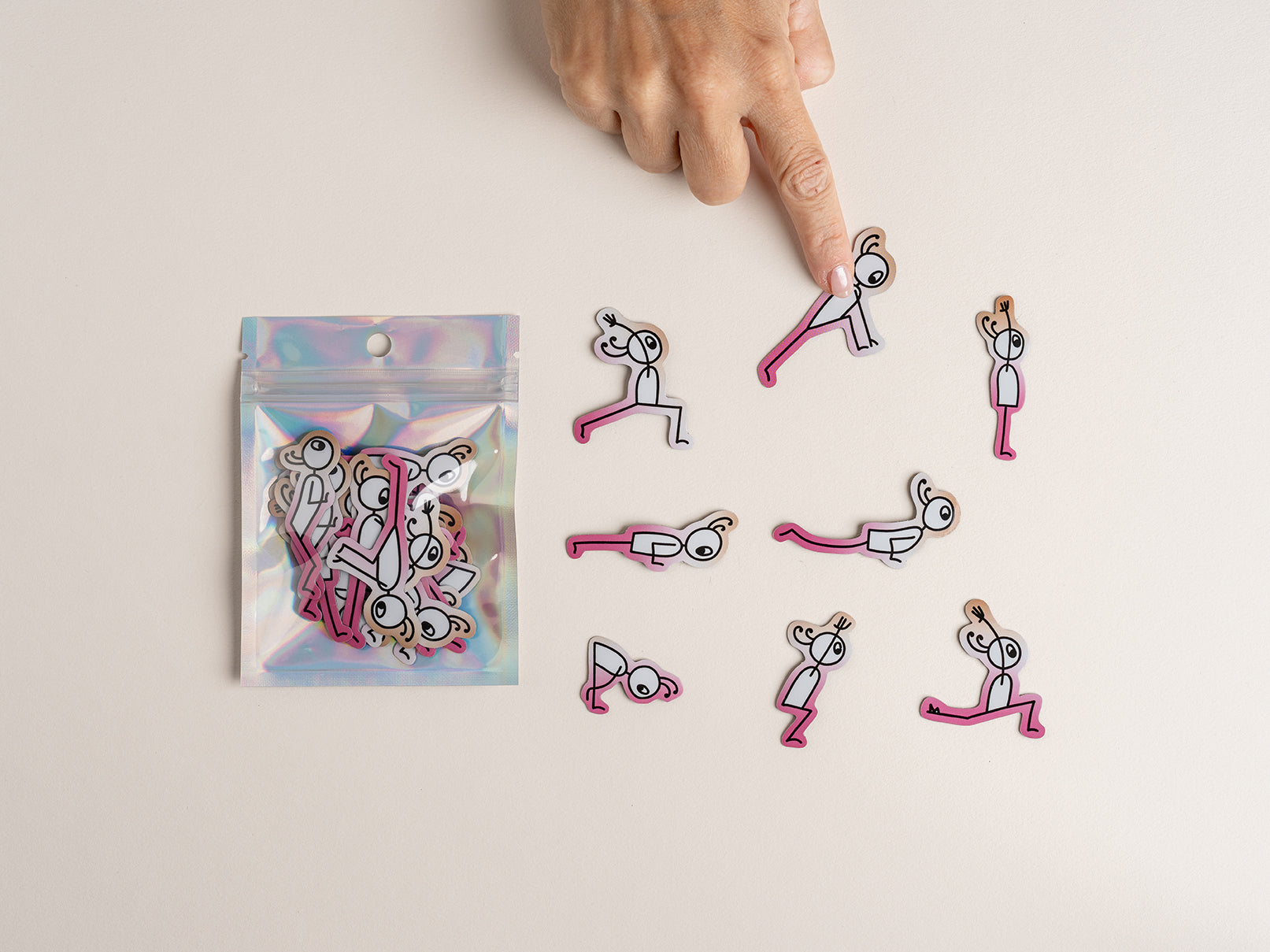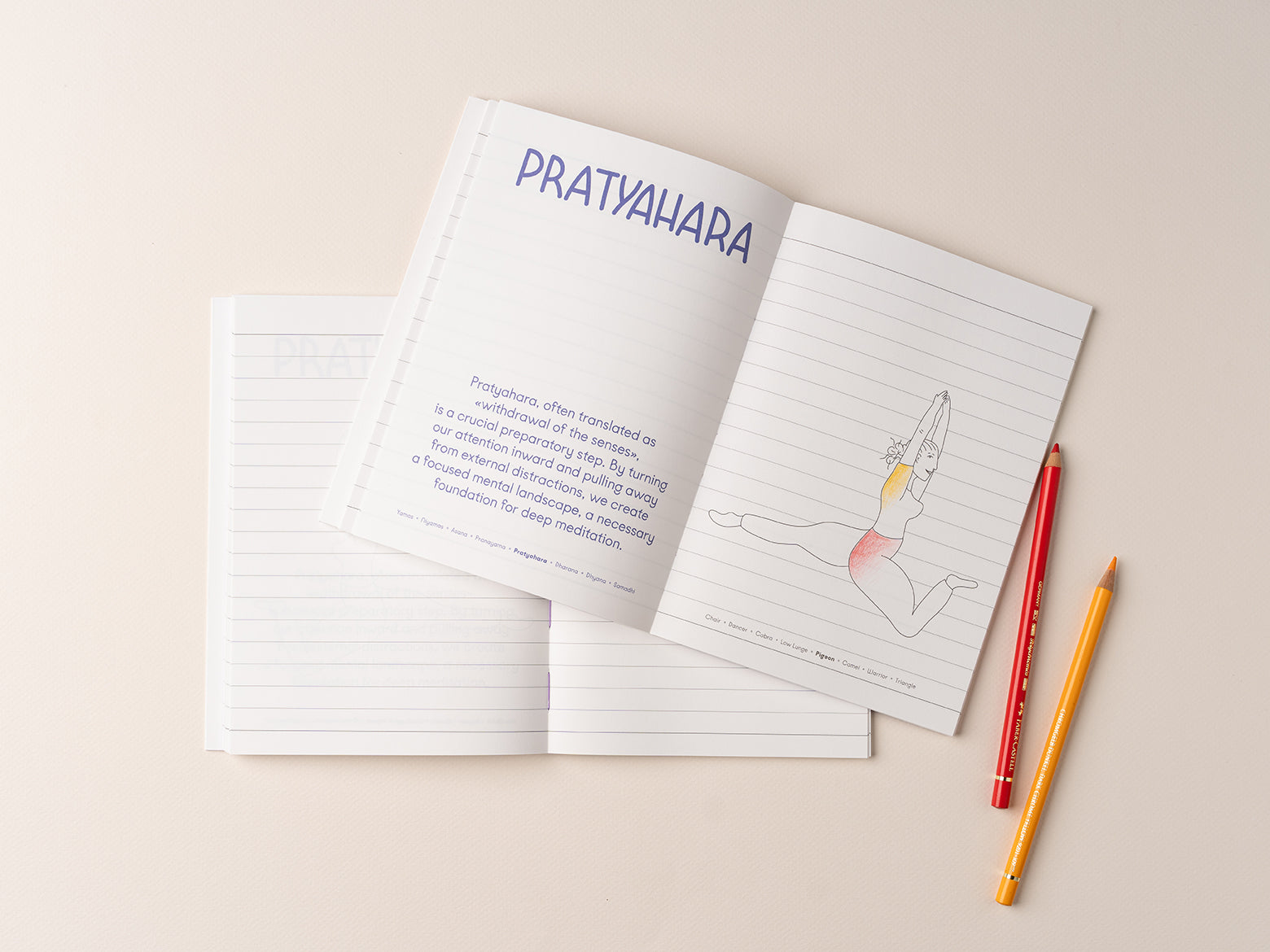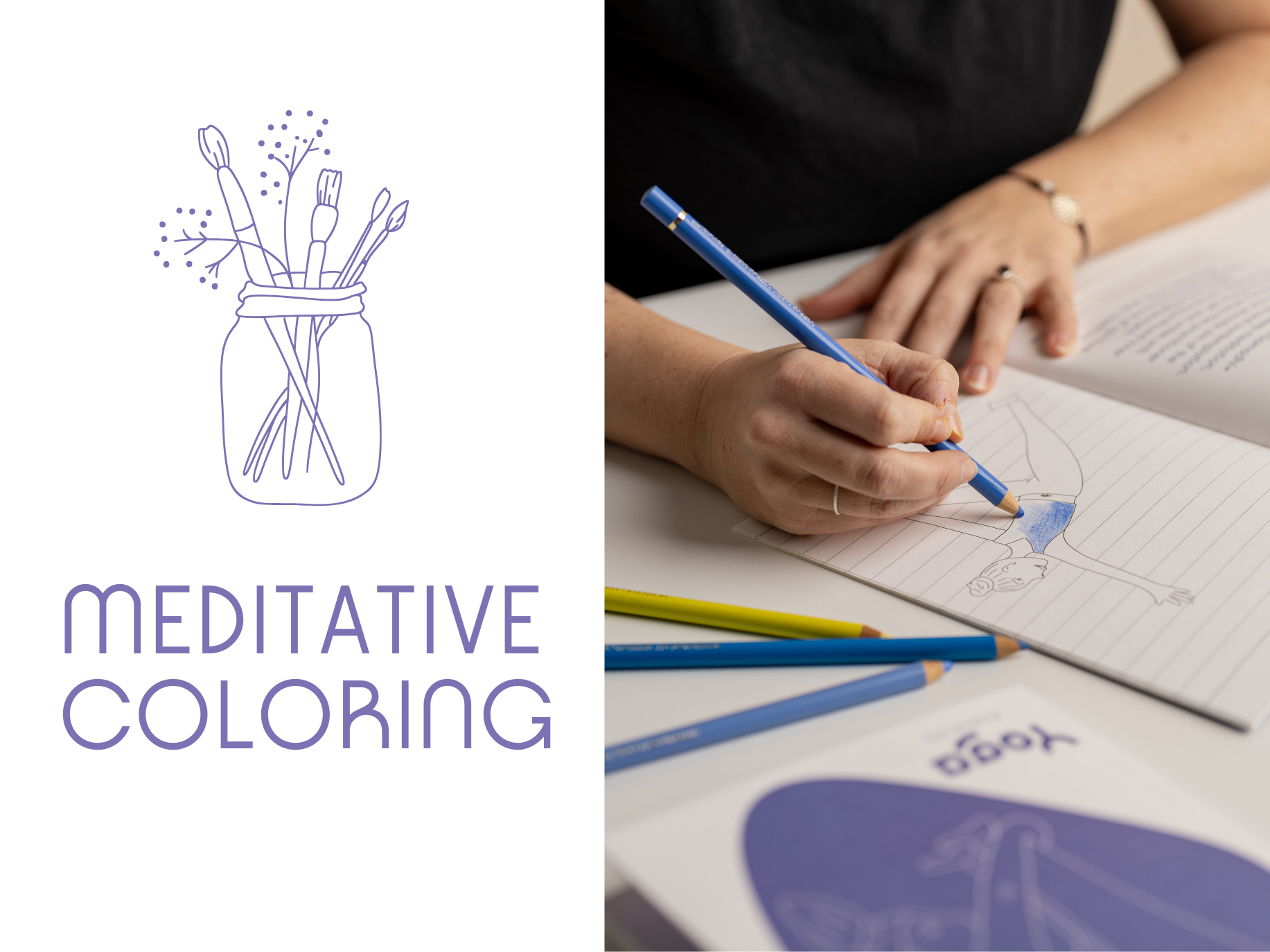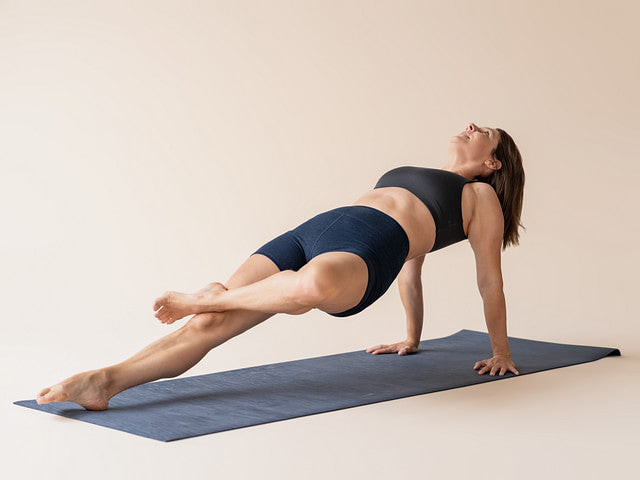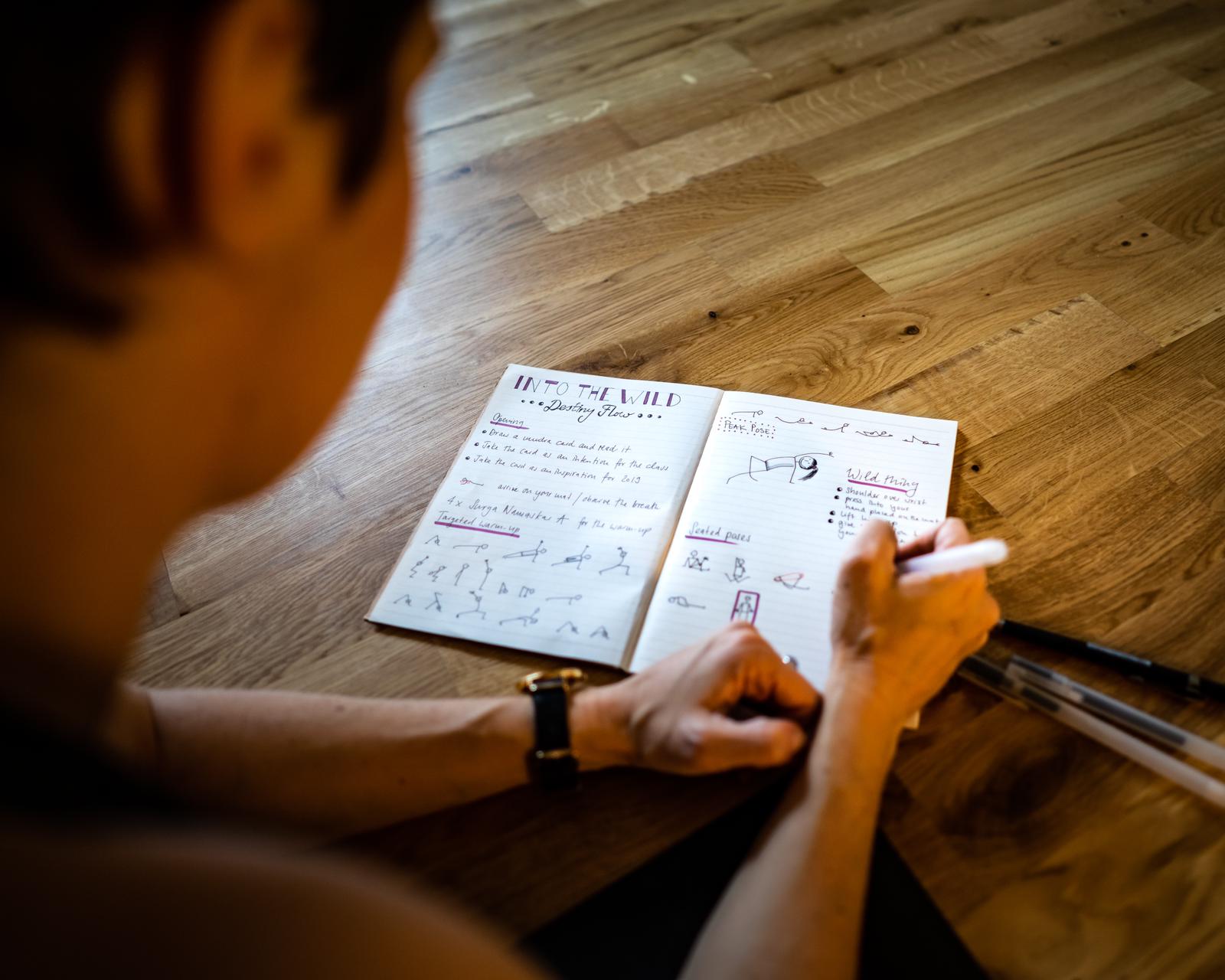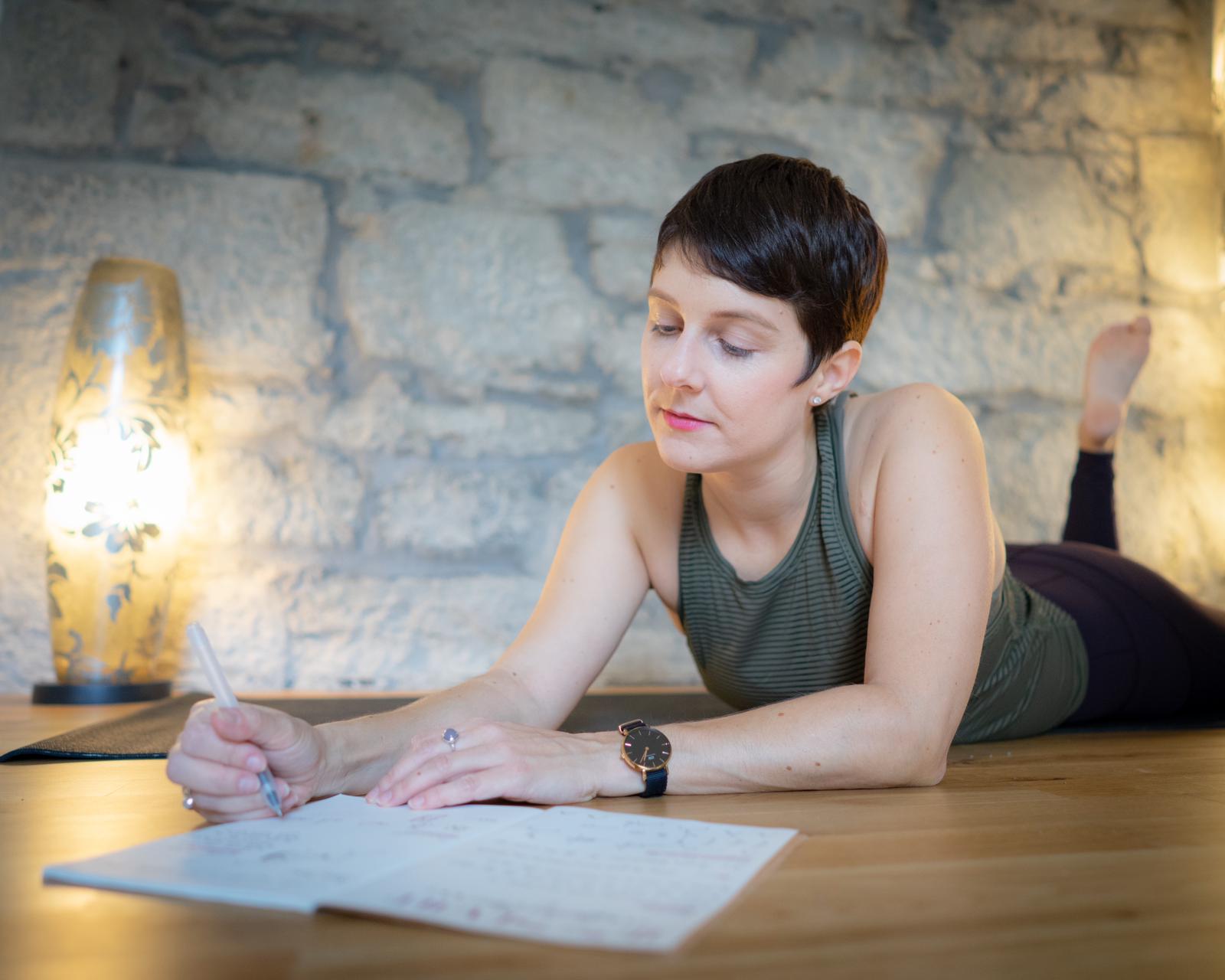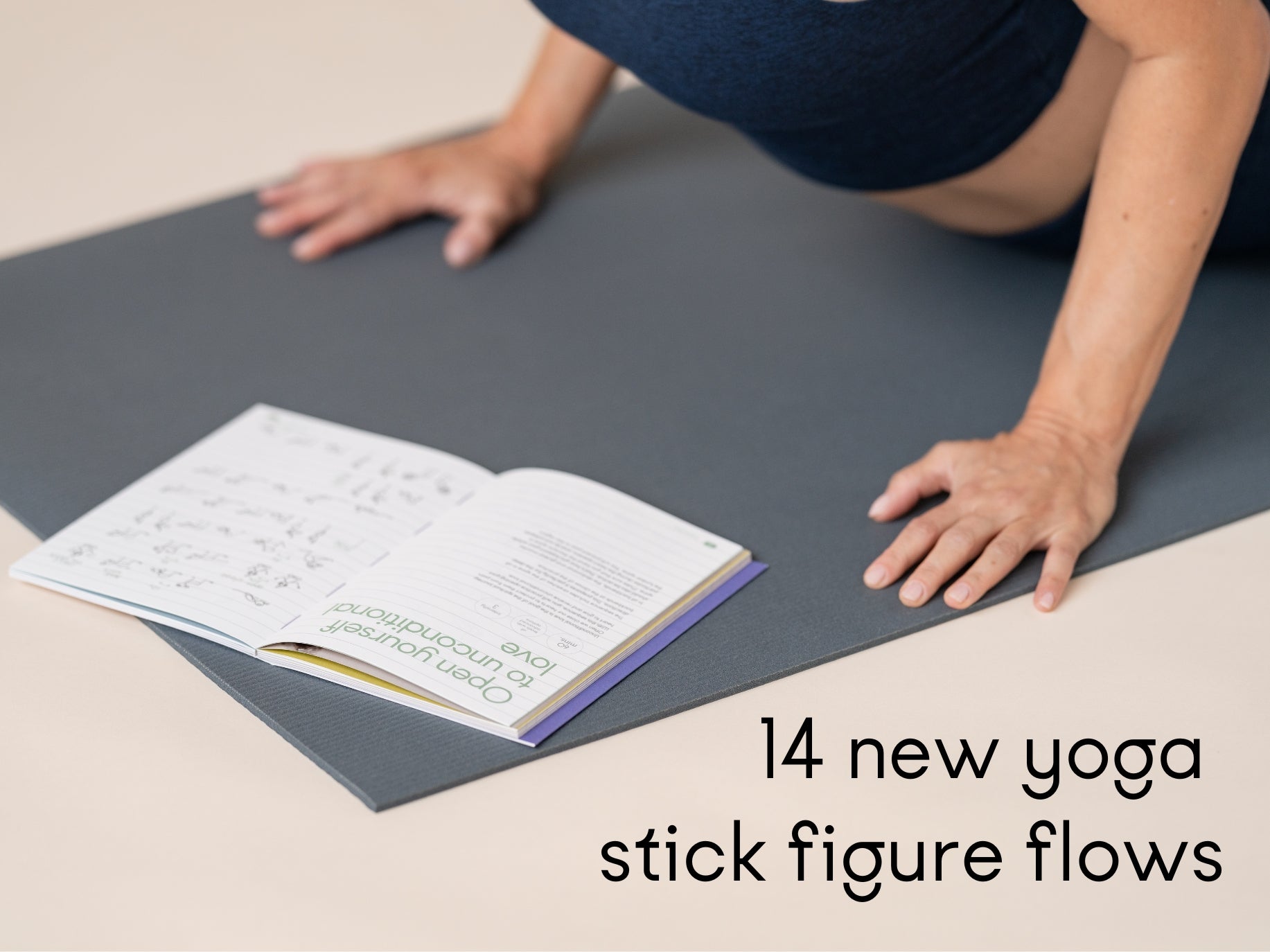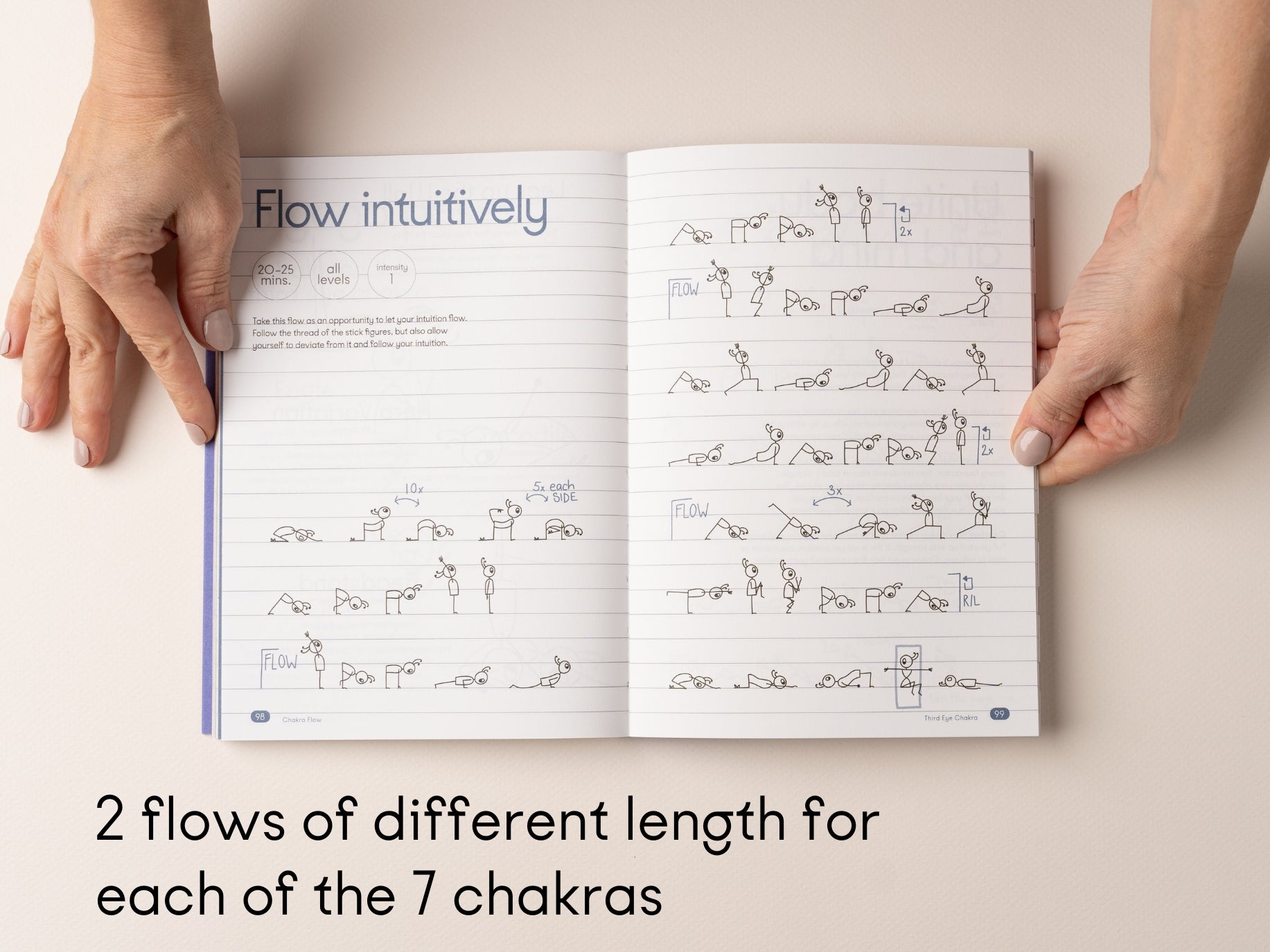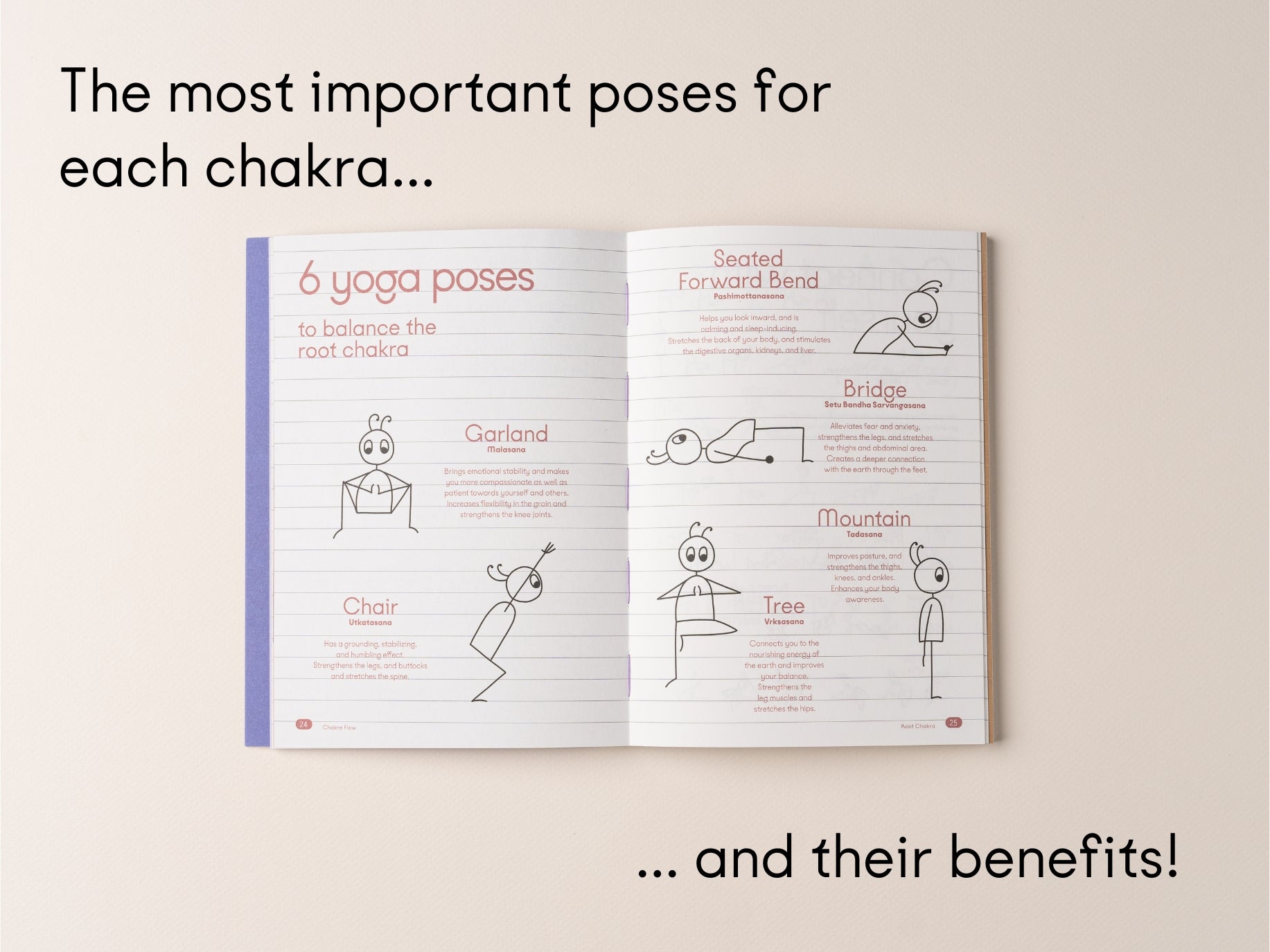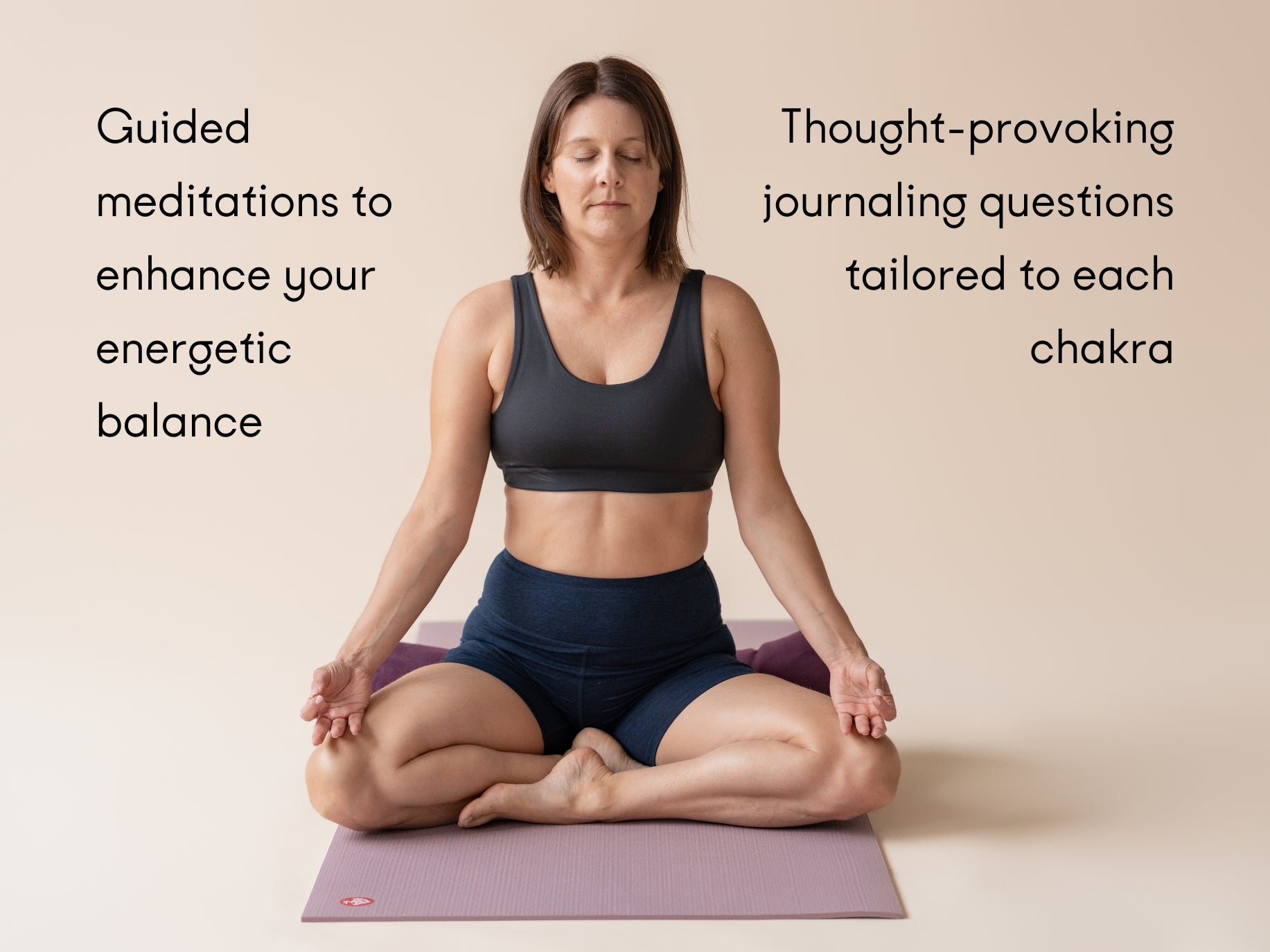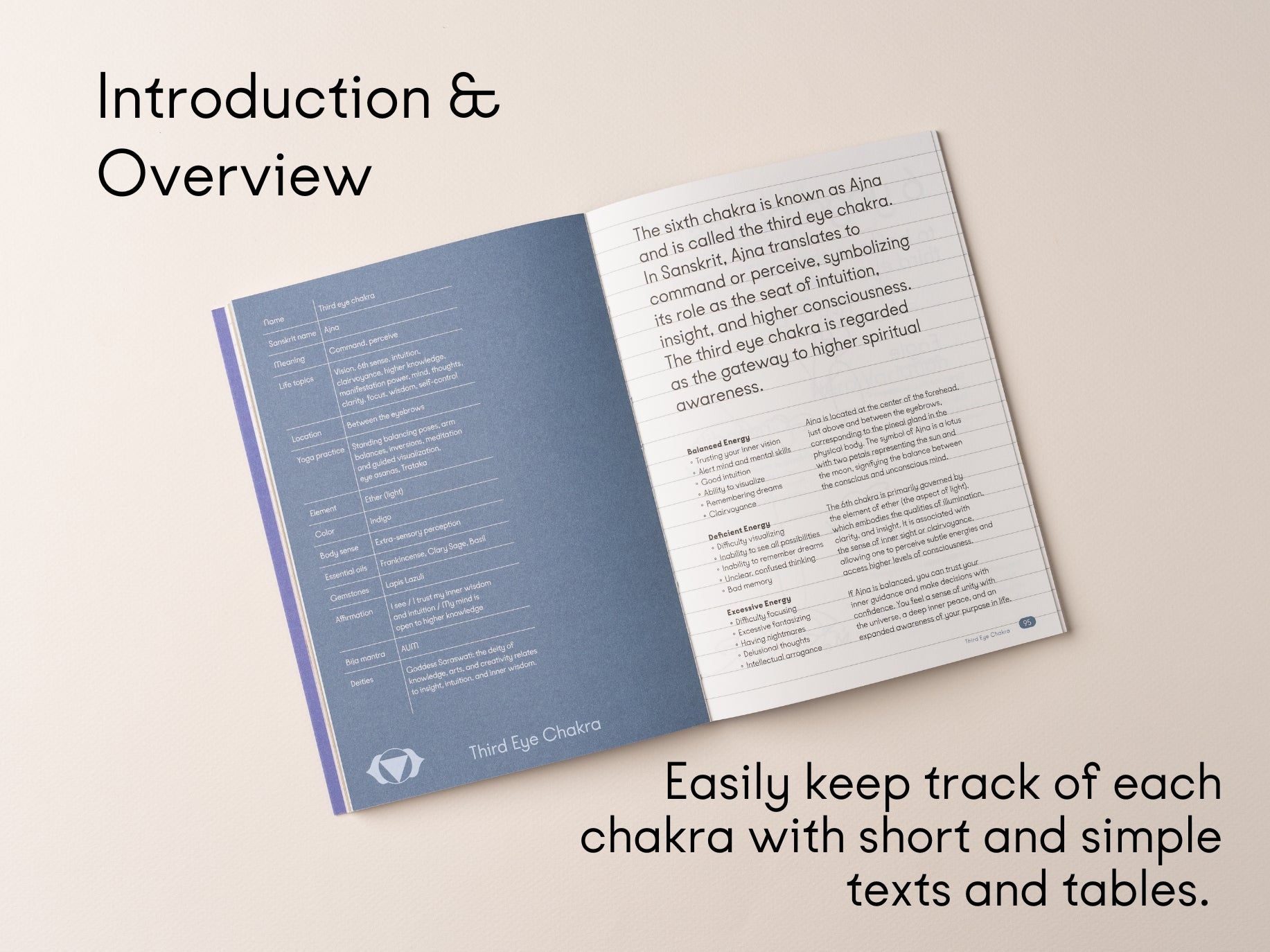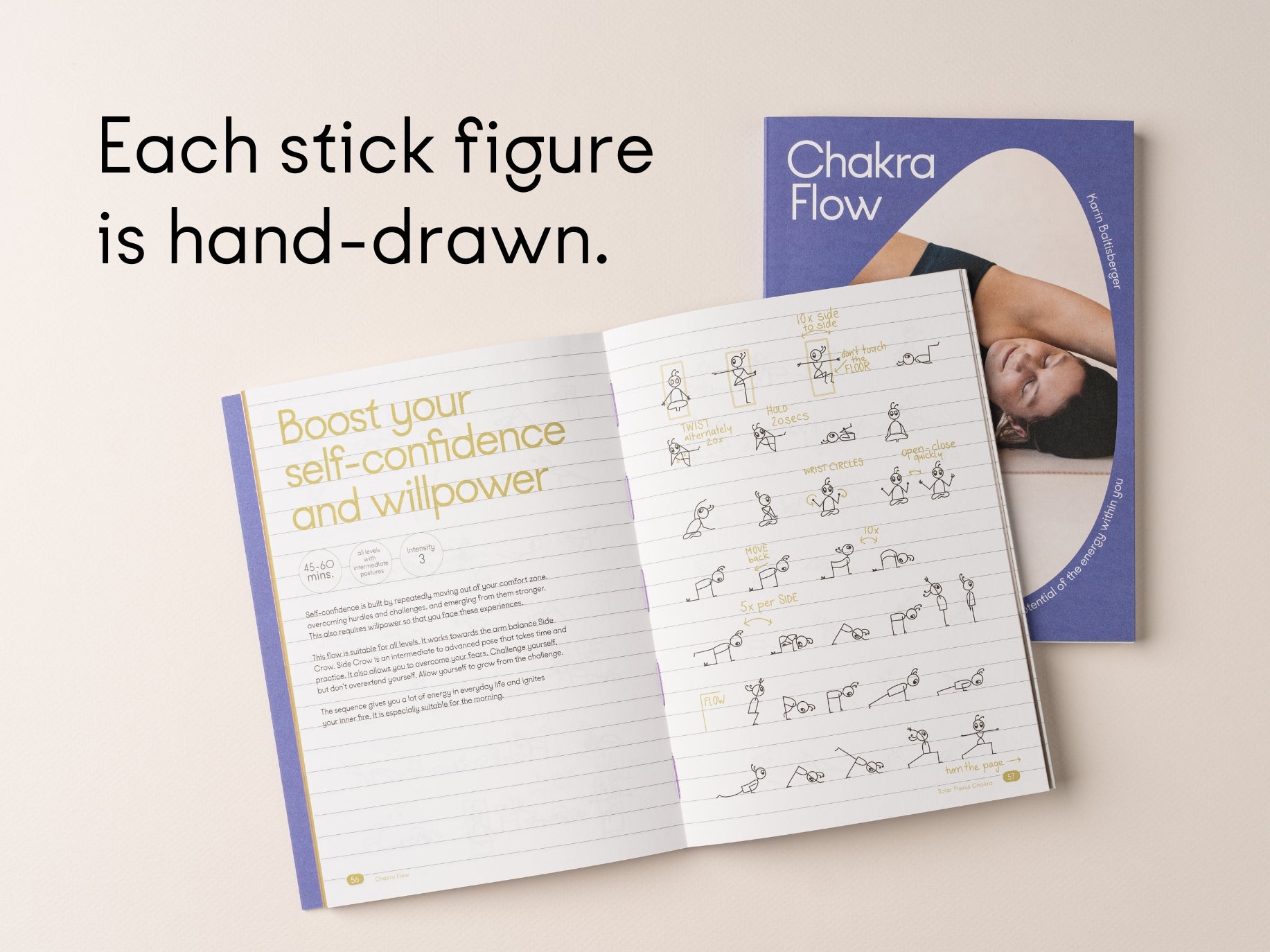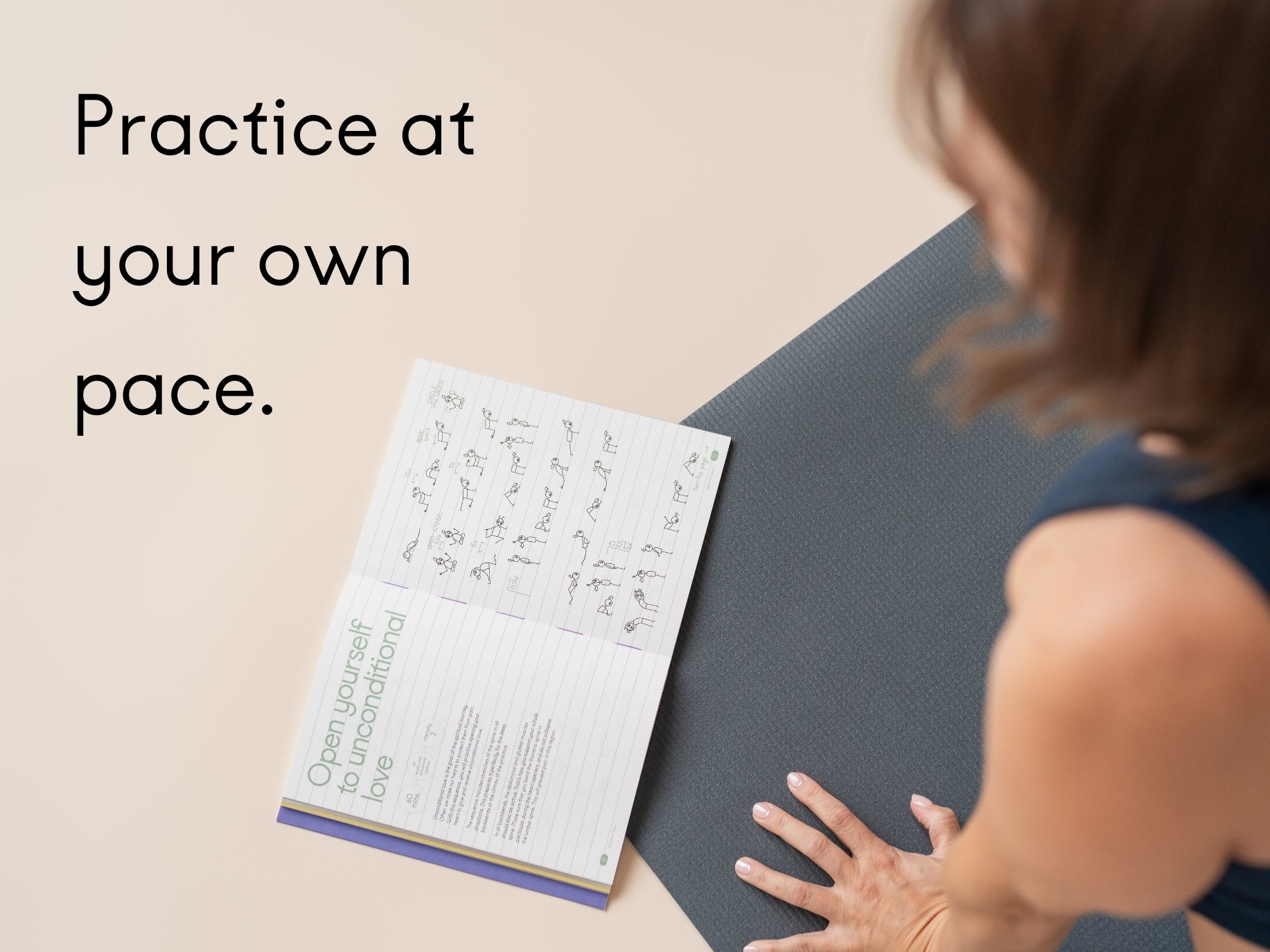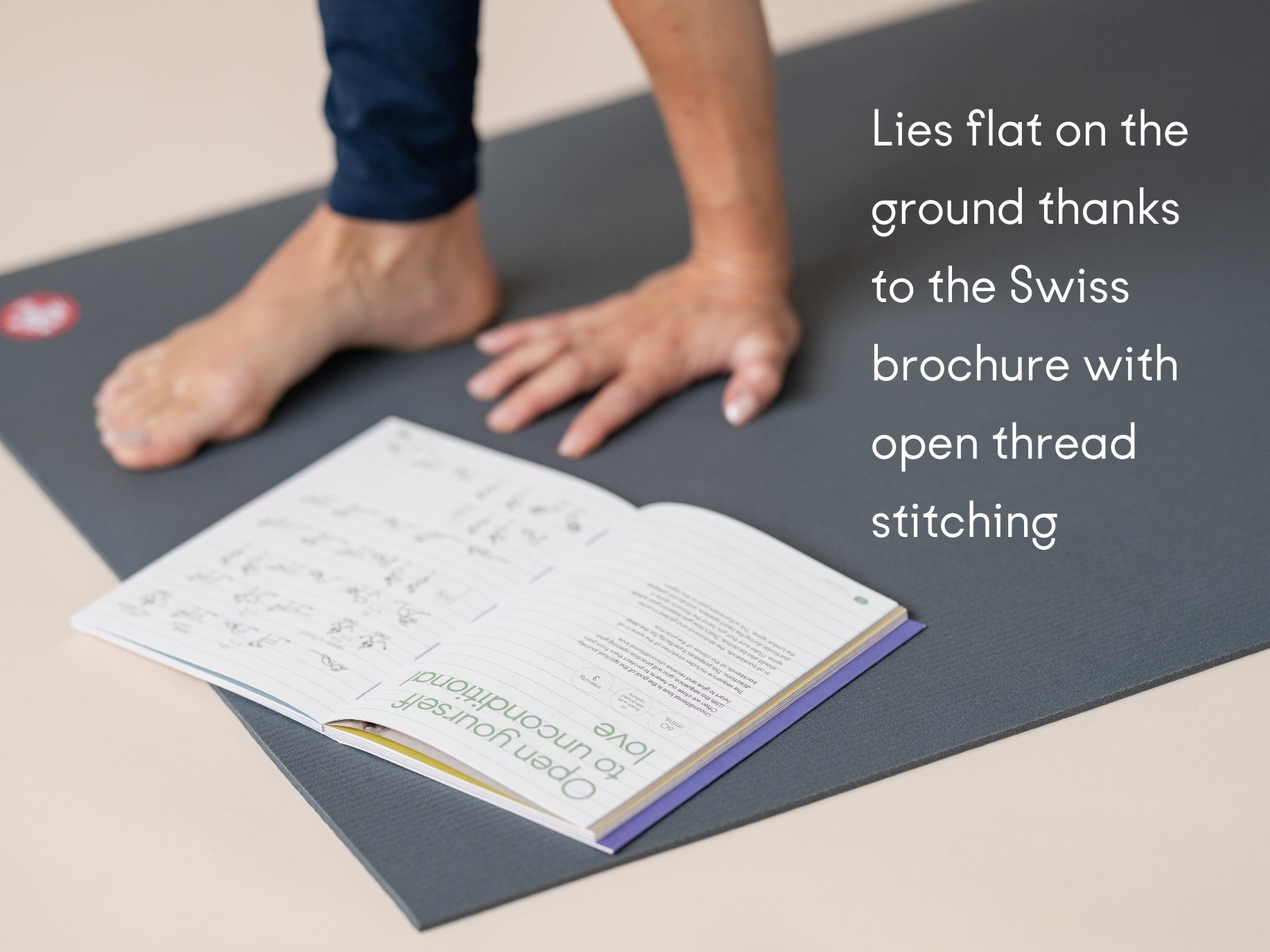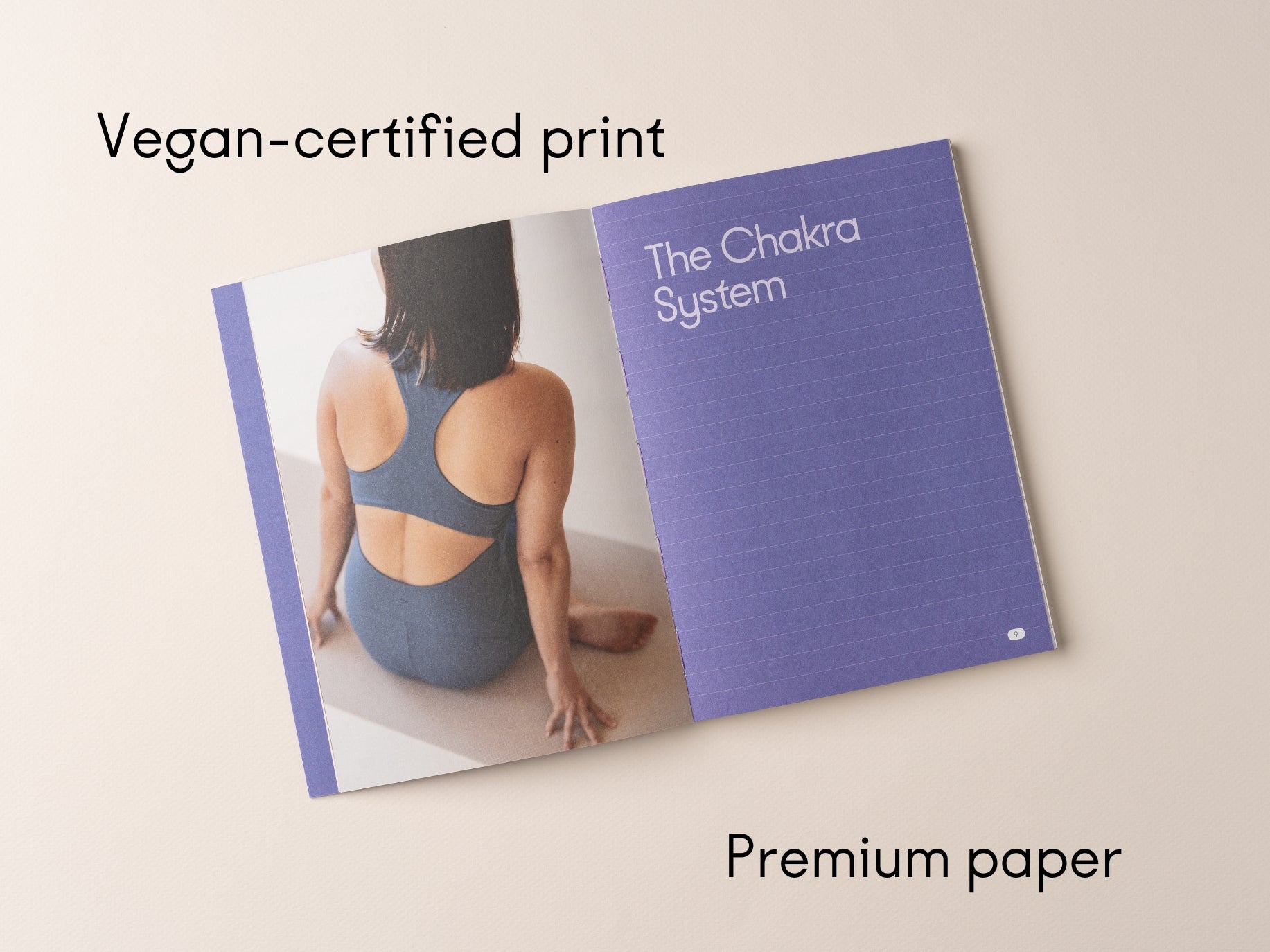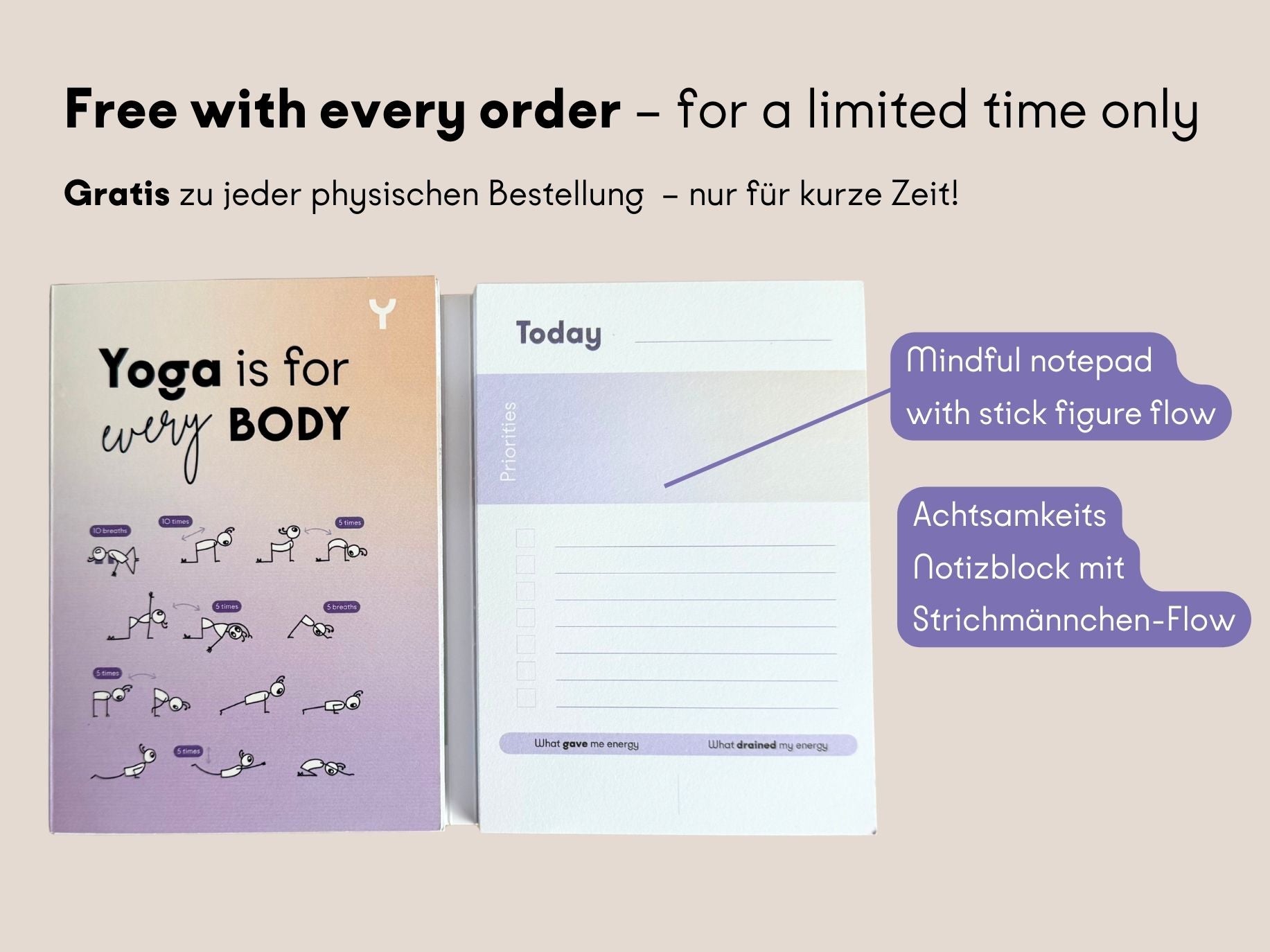Yoga, an ancient practice that has evolved into a global wellness phenomenon, is surrounded by many myths and misconceptions. Whether you're a seasoned yogi or a curious beginner, it's essential to separate fact from fiction to enhance your practice and enjoyment of yoga. Let's debunk ten common yoga myths and set the record straight.
1. Yoga is Only for the Flexible
One of the most pervasive myths about yoga is that it's only suitable for those who are already flexible. This couldn't be further from the truth. Yoga is designed to improve flexibility over time, regardless of your starting point. It’s not about being able to twist yourself into a pretzel from day one; it's about gradually increasing your range of motion through consistent practice.
2. Downward Facing Dog is a Resting Pose
While Downward Facing Dog (Adho Mukha Svanasana) is often considered a transitional pose, labeling it as a "resting pose" can be misleading. For many practitioners, especially beginners, it requires significant strength and engagement of the arms, shoulders, and core. It's important to approach this pose mindfully, focusing on alignment and breath, rather than expecting it to be a restful break.
3. Child's Pose is a Resting Pose
Child’s Pose (Balasana) is generally considered a resting pose, but it’s not universally restful for everyone. Factors such as knee sensitivity, hip tightness, or lower back issues can make this pose uncomfortable. It's crucial to listen to your body and use props like blankets or blocks to make the pose more accessible and comfortable if needed.
4. Press Your Shoulders Down When Your Arms Are Over Your Head
A common instruction in yoga classes is to "press your shoulders down" when your arms are lifted. Instead of forcefully depressing your shoulders, it's more effective to understand and work with your body's natural gleno-humeral rhythm.
Understanding Gleno-Humeral Rhythm
The gleno-humeral rhythm refers to the coordinated movement between the humerus (upper arm bone) and the scapula (shoulder blade) during arm movements. When you lift your arms overhead, your scapula should naturally rotate upward and outward, allowing your shoulders to move freely and comfortably. Forcing your shoulders down disrupts this natural rhythm and can cause strain in the neck, shoulders, and upper back.
5. The Foot Must Not Touch the Knee in Tree Pose
In Tree Pose (Vrksasana), it's commonly advised to avoid placing your foot on the knee of the standing leg to protect the knee joint. However, if your knees are healthy, placing your foot at the knee joint doesn't necessarily cause harm. The pressure exerted by the lifted foot is typically light, and a strong, healthy knee joint can resist this pressure without injury.
Understanding the Mechanics
When you place your foot on the inner knee in Tree Pose, the force applied is minimal compared to the knee's natural ability to withstand pressure. A healthy knee joint, supported by strong ligaments and muscles, can manage this light pressure without any adverse effects. The key is to maintain proper alignment and ensure that the pressure is not excessive.
6. Yoga is a Religion
Yoga has spiritual roots, but it is not a religion. Originating in ancient India, yoga encompasses a wide range of practices aimed at uniting the mind, body, and spirit. While it can be part of a spiritual or religious practice, yoga itself is a philosophy and a methodology for achieving mental and physical well-being. It is inclusive and adaptable to individuals of all faiths and beliefs.
7. Yoga is Only for Young People
Yoga is a practice that can be adapted for all ages and abilities. From kids to seniors, yoga offers benefits tailored to each life stage. Older adults, for instance, can improve balance, flexibility, and joint health through gentle yoga practices. Modifications and props make yoga accessible to everyone, regardless of age or physical condition.
8. Don’t Do Inversions During Your Period
The belief that inversions (like Headstand or Shoulderstand) should be avoided during menstruation is based on traditional yoga teachings. However, there is no scientific evidence supporting the idea that inversions are harmful during menstruation. It ultimately comes down to personal comfort and preference. If you feel fine doing inversions during your period, there's no need to avoid them.
9. You Have to Practice Yoga Every Day to See Benefits
While a daily practice can enhance your yoga journey, it is not a strict requirement to see benefits. Even practicing a few times a week can significantly improve flexibility, strength, and mental clarity. Consistency is more important than frequency; find a schedule that works for you and stick with it.
10. You Have to Breathe Through the Pain
"Breathing through the pain" is a common but potentially harmful piece of advice. While yoga encourages mindful breathing, it's crucial to distinguish between discomfort and pain. Discomfort can signal growth and stretching, but pain is a warning sign from your body. Never push through sharp or intense pain; instead, modify the pose or take a break to avoid injury.


